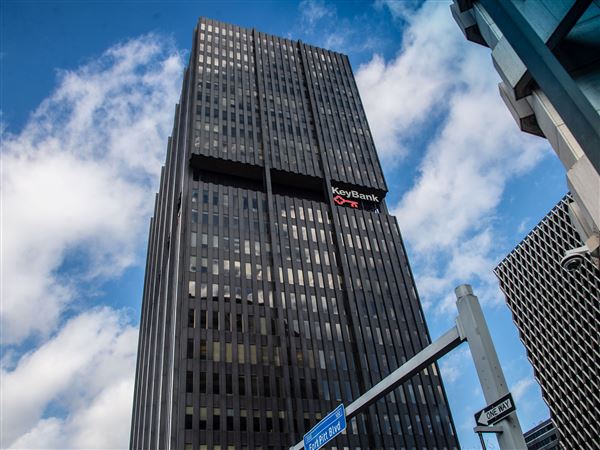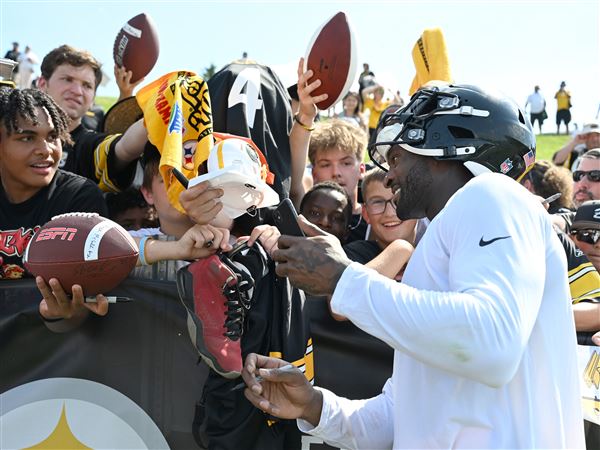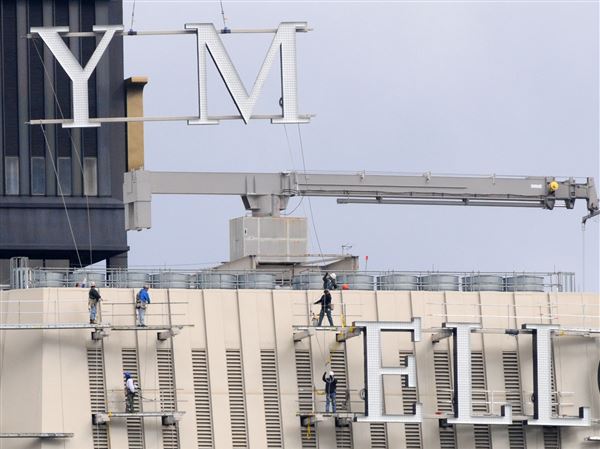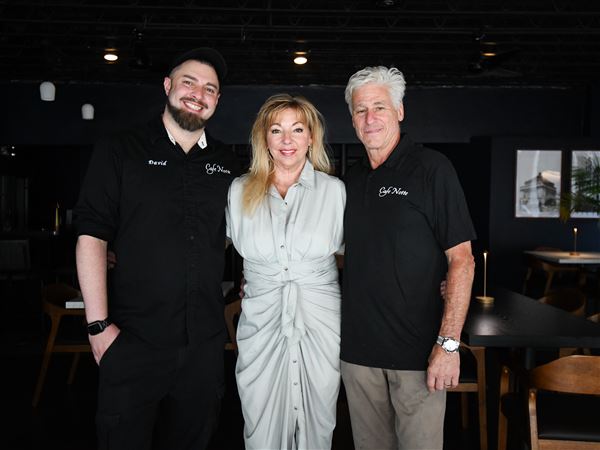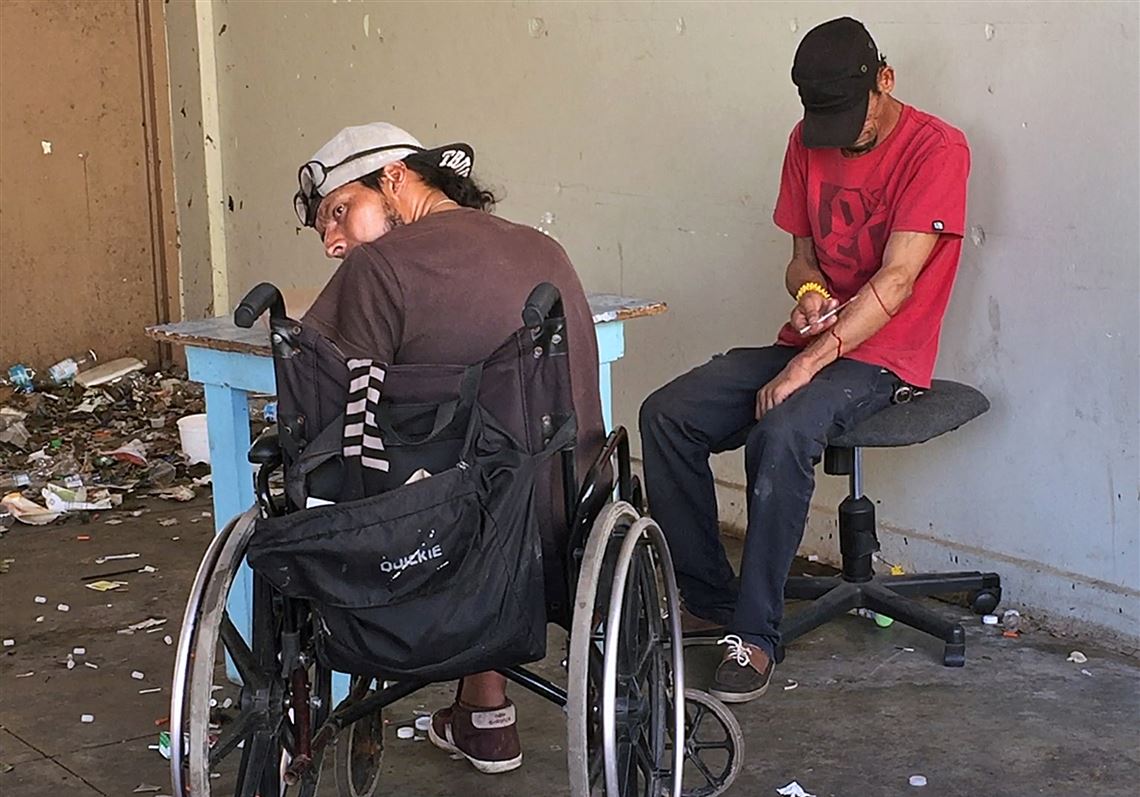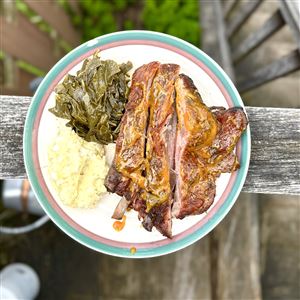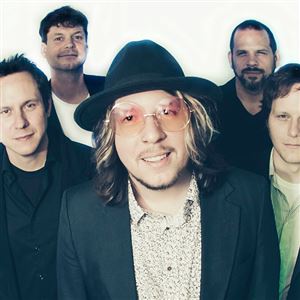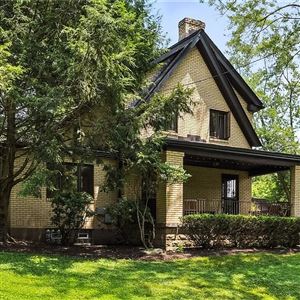CIDRA, Puerto Rico — The trio of workers on the relief mission drove through the mountains to deliver supplies to the destitute in a rural region ravaged by Hurricane Maria.
But they weren’t delivering fuel, ice or hot meals.
Instead, the workers, from an organization called Mountain Point, brought packets of clean syringes, mounds of antibacterial wipes and rolls of gauze from a dwindling supply. In the wake of the storm, their goal is to keep opioid users — Puerto Rico has a long-running addiction crisis — free from deadly diseases they could get from injecting drugs. Toward that aim, the trio even brought tiny disposal aluminum cups — clean ones — that are commonly used to cook heroin to shoot up.
Oliver Franco Rivero, a longtime drug user, slowly wheeled himself into the classroom of an abandoned school to meet the Mountain Point workers. Users gather in the building day and night, despite the missing walls and hundreds of used syringes littering the ground.
At 34, Rivero has already lost his left leg to diabetes. His body is covered in ulcers from countless injections over nearly two decades. Tucked between his fingers was a syringe, its brownish liquid a mix of water, heroin and cocaine — un speedball, on the streets.
“It’s been so hard,” Rivero said, slurring, when asked about conditions after Hurricane Maria, which struck the island Sept. 20. “I have no money. I have to beg.”
Moments later, as fellow users were collecting used needles from the trash-strewn floor to be given to Mountain Point for disposal, Franco slowly pierced the skin of his left hand, just above the knuckle of his middle finger. The process was slow and unsettling — the needle would not cleanly enter his vein. Drops of bright red blood rolled down his fingers and splashed on the foot rest of his wheelchair.
The toll of Hurricane Maria has added another layer of misery for the tens of thousands of opioid users who dwell in Puerto Rico’s underbelly — and for the small number of dedicated groups who try to help them get clean, stay safe and emerge from the shadows.
For Mountain Point, which serves the poor towns west and south of San Juan, conditions post-Maria mean employees have scaled back their trips and the number of needles they give out. They have only enough to last two more months, and no new shipments have arrived from the mainland. Fuel is expensive and the budget is stretched to the breaking point. Vials of sterile water, usually given out so users can cook the drugs without contamination, ran out after days after the storm.
“In Puerto Rico, right now, most of the water is contaminated,” said Victor “Panamá” Alba, a Bronx-raised outreach worker for Mountain Point. “If it’s not safe to drink, it’s certainly not safe to inject yourself.”
For decades, Puerto Rico has battled an epidemic of addiction to injection drugs, particularly heroin, with fentanyl and horse tranquilizers emerging in recent years. In a U.S. territory with a $73 billion debt crisis and years of a spiraling economy, there’s little public appetite to spend money on treatment efforts.
Because so many addicts inject drugs, Puerto Rico has one of the highest HIV/AIDs rates in the country, with nearly 40 percent of those infected suspected of contracting the virus from intravenous drug use.
In contrast to many U.S. states with similar epidemics, Puerto Rico still has few options for treatment, with only about a dozen detox centers and about 4,400 beds in residential treatment facilities, with few offering drugs such as methadone and buprenorphine to wean users off heroin.
A 2 1/2-year study of drug users in and around Cidras done by the University of Nebraska declared Puerto Rico’s “funding priorities clearly aligned with punishment instead of treatment and rehabilitation.” And activist groups such as Intercambios Puerto Rico have lambasted the “shaming” approach of some faith-based treatment centers, with many users being shipped to less-than-reputable programs on the mainland.
“The situation was pretty bad before the hurricanes,” said Rafael Torruella, executive director of Intercambios, which runs the largest needle exchange program in Puerto Rico. “A lot of people who wanted treatment could not access treatment.”
For “harm reduction” programs such as Intercambios and Mountain Point, operating was a challenge even before the hurricanes. They survive on private donations, not government money. Island authorities do not allow for the distribution of the anti-opioid drug Narcan, which revives users suffering from overdoses. In contrast, Miami’s needle exchange program readily gives out Narcan to users. As part of the program, the users agree to anonymously answer questions about their drug use for data analysis.
For some users in isolated towns such as Comerio, heroin was scarce immediately after Hurricane Maria. Angel Omar Colon, 41, walked more 14 miles up a mountain road to buy $6 bags of heroin in Bayamon.
“I feel calm when I take it,” Colon said of the heroin. “I’m looking for calmness.”
But in most towns, the drugs were easy to come by. Cayey security guard Carmelo Lopez Sandoval, 50, said he was paying $15 for a heroin-cocaine mix after the winds passed.
“The quality is not the same, and the price has gone up,” said Sandoval, sporting a large bruise on his forearm because he missed a vein while trying to shoot up whole holding a flashlight in between his teeth in the post-storm darkness.
For Mountain Point outreach workers Alba, Alexandra Rodriguez and Carlos Sanchez, the biggest concern has been trying to provide supplies for over 300 participants. On Thursday, they packed into a less-than-dependable 2003 Toyota Rav4 to navigate the winding roads.
In Cayey, about 31 miles outside San Juan, the trio visited a bustling supermarket to buy snacks for the users. But there was no bottled water, so they settled on juice packs. They also tried to buy bleach, a last-resort way for users to sterilize used needles, but the store had run out days earlier.
Many users — the group avoids using the terms “addicts” — live in modest homes in this gritty town. One man collected needles for his adult son who had run out of needles in the storm and was using his mother’s insulin syringes. Another man flagged them down as they drove through the town square of Cidra.
Some of the users work as parking attendants, the tips from customers feeding their habit. “People think we’re the lowest,” said Jose Juan Suarez, who has been using for 25 years and turned in 90 needles to the workers. “I don’t think that’s true. I think we’re the most interesting.”
But not everyone is happy to see the outreach workers. Some drug dealers won’t let them into public housing projects. At the Luis Munoz Morales projects in Cayey, the trio distributed kits — while being watched by group of young men who leaned against walls, one selling little baggies of heroin.
The visits also take them to abandoned homes dubbed “shooting galleries,” always marked by Sanchez yelling ““Intercambio! Intercambio!” as he approaches.
At the abandoned school — which is being rehabilitated by a Christian group to serve as a treatment center — users streamed to the SUV as Rodriguez used large tongs to pick up needles and place them in a special bio-hazard bucket.
In his booming voice, Alba handed one man a paper bag stuffed with goods: “Here you have 80 needles. You have a cooker. You have cotton. Alcohol. Shampoo. Deodorant. Toothpaste. This is what everyone gets. Nothing else.”
“Thank you,” the man said. “Look, now I’m going to give him a kiss.”
He leaned over and planted one on Alba’s clean-shaven dome, bellowing with laughter, as the group packed up the plastic bins full of supplies, heading for the next town.
First Published: October 23, 2017, 2:00 p.m.
